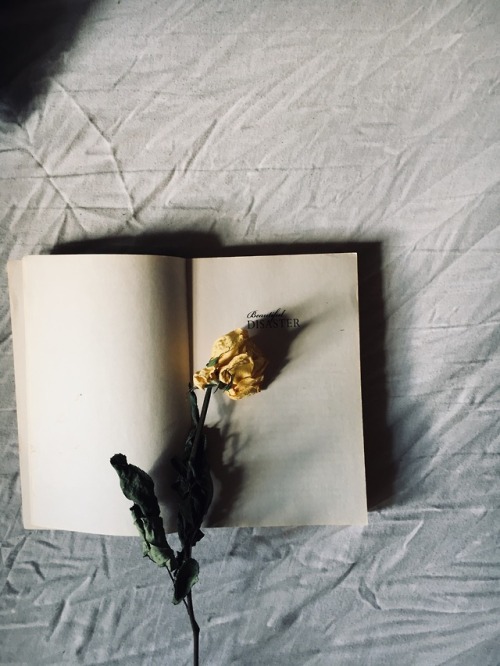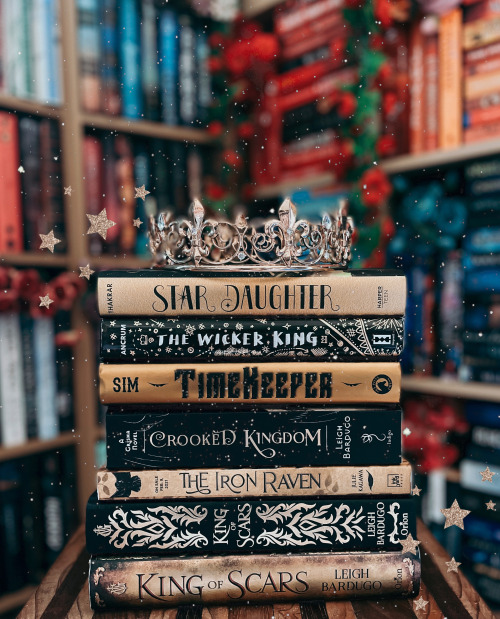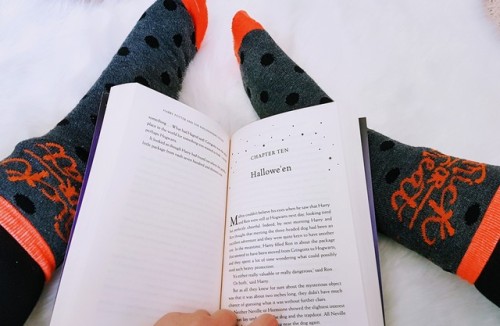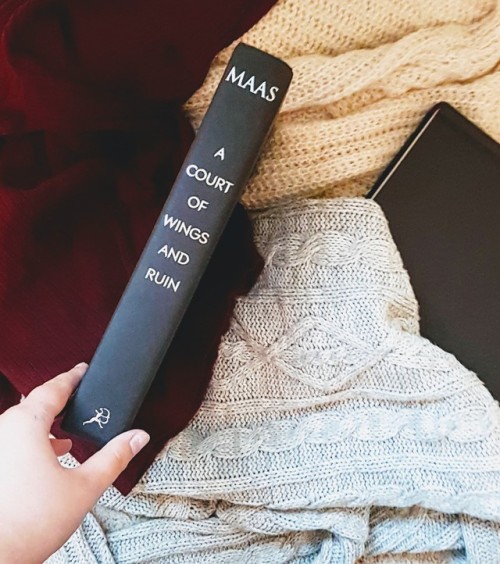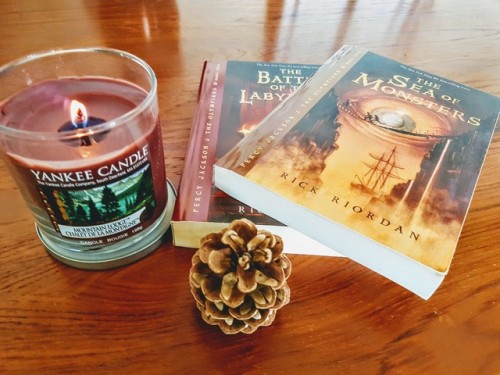#book photography
This is going to sounds insane, but this book is so gorgeous, even if you don’t buy it, go to the bookstore, and just look at it…seriously none of the pictures do it justice it has gilded edges and tons of illustrations, way more than I ever expected…I’ll make a separate post with a couple photos of those, so that’ll be up in a little bit!
Post link

Books I Read in 2022
#6 – Daisy Jones & The Six, by Taylor Jenkins Reid
- Rating: 2/5 stars
What a disappointment.
The plot was mildly engaging, eventually. It took me about half the book to start to care, though, because of the presentation. I don’t think the interview format is a good choice for a number of reasons:
1. It takes a long time to differentiate characters because so many of them are presented so quickly, and in small chunks of transcript that don’t give any individual much chance to develop a clear voice.
2. It doesn’t lend itself to the page well, compared with visual media. Even if I intellectually understand that these are snippets interlaced from presumably separate interviews with the subjects, presenting them all at once gives the sense that they’re all in a room together talking to the interviewer, and I had to remind myself frequently that that was probably never the case. In a film or television documentary, you would see each character separately in frame as they were speaking to reinforce this (or not, if anyone was actually interviewed together.) The cuts between segments would be clear, where on the page everything runs together for the length of the section.
3. The style is flat and unrelieved; it never changes tempo or tension, because it’s always a single person speaking about themselves or someone else, and there’s no body language included to give indicators on how they’re speaking. Only vocal sounds like [laughs], [chuckles], etc., are included, which further flatten the narrative.
My other complaint is that the revelation near the end of the interviewer’s/author’s identity felt unnecessary. Once I knew what was going on, I realized that’s why I’d been seeing a certain [name] in brackets for clarity to the reader, because the interview subjects had been referring to them another way that would have spoiled the mystery. Except there was no mystery? Because I never thought it was going to be important in the slightest who the interviewer was, as there was very little in the text beyond those infrequent clarifications to even hint that the interviewer’s identity needed to be concealed somehow. It’s all setup for a somewhat maudlin ending that ties up the plot neatly but was so clearly attempting to be a tearjerker that I didn’t cry, because the presentation of the story had prevented me from being fully invested in these characters. I was too detached, because everything was so lifeless.

Books I Read in 2022
#3 – In the Language of Miracles, by Rajia Hassib
- Reading the World Mini Challenge: 1/12
- Rating: 3/5 stars
The book attempts to be many things, and it accomplishes some much better than others.
As a narrative about a family with a coherent plot and a satisfying climax, I’m disappointed with it. I felt that it withheld the mystery of The Terrible Event that sparked the story for too long. Yes, I had put together clues and made assumptions, but when the central idea of the narrative is that this family is broken and suffering, ostracized by their community for the crime their eldest child committed, what sense does it make for everyone but the reader to know the details of that crime? And this is exacerbated by only addressing the hole that Hosaam’s crime and death have left in the family, but not much at all about his life. And with the time frame of the story being so focused on the week leading up to the anniversary memorial service, I expected something grand or wild or transformative to happen when we finally got there, and instead, it was a confusing jumble of oddly paced action and internal revelation, with no clear catharsis for (or utter rejection of) the family by the community. It felt like a non-ending.
The epilogue clears a little bit of that up, and provides a reasonable future for Khaled, the middle child, but it’s more important to the religious themes than the plot itself.
As an exploration of the immigrant experience in America, I think it’s more successful. We get the tension between three different generations of the family about how Egyptian or American to be, and the lack of understanding about how the two cultures will interact with each other, and the difference in family structure and expected levels of obedience and respect. (The family’s Muslim identity also contributes to this, and I don’t know enough about either Egyptian or Muslim traditions and practices to identify which bits come from which source. But my thoughts on religion are coming a bit later, I just want to acknowledge I’m probably conflating the two in some respects.) It’s not hard to see the children as the most Americanized, the most ready to react to the Islamophobia present in this time period–I thought it was a nice touch that Khaled was worried about his younger sister becoming outwardly more conservative by possibly starting to cover her hair, as attacks on young women with head scarves were on the rise at the time. But it was more interesting to see the parents, the direct immigrants, struggling with how they were perceived, and how they perceived each other, on a scale of Egyptian to American, because it fluctuated, and both at times were convinced the other was the one less adapted to their new home. And Grandma Ehsan was there to be the bastion of tradition and religion, while not at all being a stereotype but a complex character in her own right.
But strangely (for me, who’s about as un-religious as they come) I found the exploration of Islam and fate to be the most interesting part of the book. Each surviving member of the family who was given a POV was shouldering some guilt and feelings of blame for what Hosaam did, and each had a different relationship with their faith. The father was not particularly observant of his religious obligations, but capitalized on the power structure both to maintain his authority and to rationalize his guilt. The mother was deeply conflicted about the role of prayer and surrender to God in accepting what had happened, and wondering if she could have changed the outcome, all while her mother hovered nearby admonishing her for playing “what if.” And their remaining son was having typical teenage troubles buried under the extra weight of being labeled as a murder’s younger brother–he struggled to believe in miracles, the core theme and question of the book, and had a complicated relationship with both Islam and the Arabic language, which he never spoke to the standard that he felt others expected of him. His narrative thread is what connects the whole story, as the prologue his a story from his childhood and the epilogue a glimpse of his adulthood, and he is the one who spends the most time examining his life in the context of the tragedy that happened a year before.
I found in Khaled’s conflict about his own beliefs an echo of what I’ve experienced, as someone raised Christian who is no longer a part of the church, and who belongs to a family that still remains devout. I also suffered small pangs of envy, as I often do when seeing another religion in media, at the rituals of solace and comfort they provide that seem better to me than the ones I grew up with. (This happens to me a lot in anime, actually, because I know enough about Shinto to think that if that were my childhood religion, I might still be a believer.) I’m aware that this tendency of mine is tied up in a Western/white exotification of unfamiliar things; I can’t fully separate that part of myself, as it’s impossible not to think the grass is greener elsewhere when I’m so dissatisfied with my own ex-faith. But there are parts of Islam (as well as many other religions) that I find beautiful and welcoming, and this story brought out a lot of that and kept me engaged even when the plot was flat or frustrating.
Actually, now that I think about it, since the story doesn’t set out to prove or disprove the existence of God or miracles or the usefulness of prayer in averting an individual’s fate, I suppose the non-ending I’m so dissatisfied by is in keeping with the theme of the story. But that doesn’t make me like the ending better now that I’ve thought it through.
 ALT
ALT ALT
ALTquiet mornings ✨️
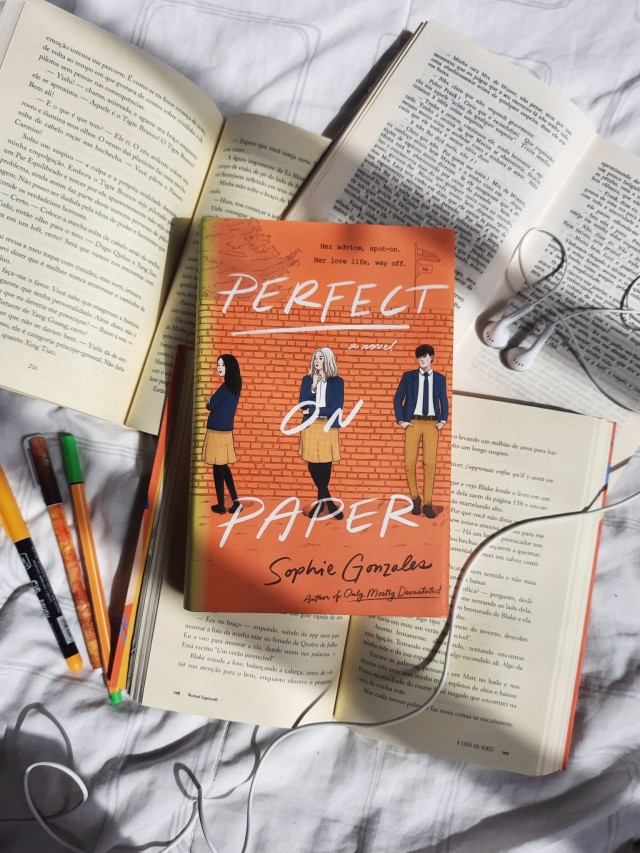 ALT
ALT ALT
ALTCurrently reading Perfect on Paper by Sophie Gonzalez
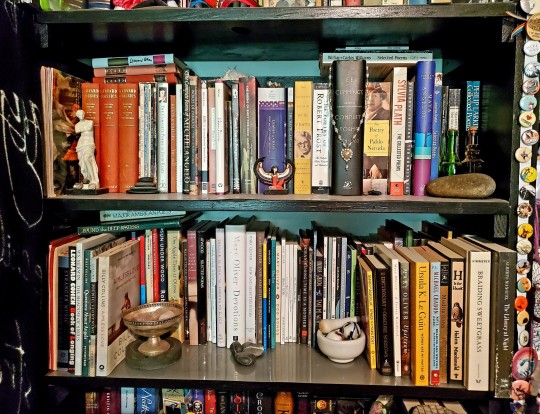
JOMP Book Photo Challenge || June 5 || Poetry:

just a bookworm trying to survive their tbr
Tale as old as time
⭐⭐⭐⭐⭐
Absolutely one of my favorite fairytale retellings. I finished this book in one sitting, I couldn’t put it down! The story line was rich. The world building was amazing within the first couple of chapters. Rosamund Hodge was very descriptive Which I loved. It created vivid scenes and made me feel all the feels. Beautiful read. I’m looking forward to getting my hands on more of her retellings.
“Don’t look at the shadows too long or a demon might look back”
Post link

